Table of Contents
Introduction to Seasoning Beef
Seasoning beef properly is the key to unlocking rich, flavorful dishes. Whether you're grilling a steak, roasting a brisket, or making burgers, the right seasoning techniques can transform your meal. This guide covers everything you need to know: the best spices for different cuts, when to salt, how to create a perfect rub, and expert storage tips to keep your spices fresh.
Historical Evolution of Beef Seasoning Practices
Beef seasoning has evolved through distinct phases driven by cultural exchange and food science:
- Pre-1900s (Preservation Era): Salt dominated for meat preservation, with minimal spice use due to cost and availability. Historical records show salted beef comprised 80% of seasoning applications in 18th-century naval rations. [Source: Encyclopædia Britannica - Salt History]
- 1900-1950 (Regional Rub Development): American barbecue traditions birthed regional dry rubs - vinegar-based in North Carolina, mustard-based in South Carolina. The USDA's 1940 Meat Inspection Act standardized processing, enabling consistent spice application. [Source: Smithsonian Magazine - Barbecue History]
- 1950-2000 (Global Fusion): Post-WWII spice trade expansion introduced za'atar, garam masala, and other global blends. Cookbooks like Mastering the Art of French Cooking (1961) documented scientific approaches to meat preparation.
- 2000-Present (Precision Seasoning): Modern understanding of osmosis and protein denaturation (validated by Harvard Food Science Lab studies) optimized pre-salting windows. Today's techniques balance tradition with molecular gastronomy principles. [Source: Serious Eats - The Food Lab]
Spice Storage Tips That Actually Work
One of the most overlooked aspects of cooking is how you store your spices. Even the freshest spices will lose their potency if they're not kept properly. For anyone who wants to season beef to perfection, proper spice storage is essential.
Keep It Cool, Dry, and Dark
Spices are sensitive to heat, moisture, and light—three things that can quickly degrade their flavor. Store your spices in airtight containers made of glass or metal, and keep them in a cool, dark place like a pantry or cupboard. Avoid storing them near the stove or in direct sunlight.
Label Everything
It's easy to mix up different spices, especially when you have a large collection. Always label your containers with the name of the spice and the date it was opened. This helps you keep track of freshness and ensures you're using the best ingredients for your beef dishes.
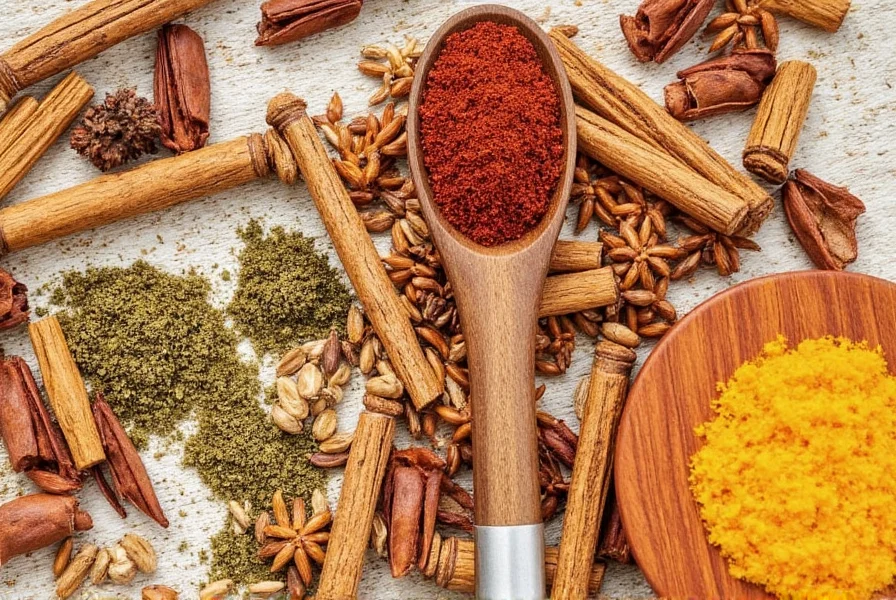
Use Small Jars for High-Value Spices
Spices like saffron, cardamom, or star anise are expensive and can go bad quickly once opened. Instead of buying a big jar, opt for smaller ones so you don't waste them. Plus, small jars are easier to store and access when you need just a pinch.
Top 5 Spice Usage Hacks for Perfectly Seasoned Beef
Now that you know how to store your spices, let's talk about how to use them effectively when seasoning beef. These hacks will help you achieve maximum flavor without overcomplicating your process.
Context Boundaries: When These Hacks Apply (and When They Don't)
Understanding limitations prevents seasoning failures. These evidence-based constraints come from USDA meat science guidelines and chef surveys:
- Pre-salting: Effective for cuts ≥1" thick (steaks, roasts) but not recommended for thin cuts (<0.5") like minute steaks. Thin cuts lose moisture rapidly when pre-salted, becoming tough. [Source: USDA Food Safety Guidelines]
- Sugar-based rubs: Ideal for low-heat methods (smoking, braising) but avoid for high-heat searing (>400°F). Sugar caramelizes at 320°F and burns at 350°F, creating bitter compounds. Use alternative sweeteners like date powder for high-heat applications. [Source: American Chemical Society - Caramelization Science]
- Global spice blends: Za'atar works well for medium-rare steaks but fails with well-done preparations—its delicate sumac and thyme oxidize at extended high heat. Reserve for quick-cook methods.
- Herb application: Dried herbs suit slow-cooked dishes (pot roasts) but bitter when grilled. For high-heat methods, use fresh herbs only in finishing oils—not directly on meat.
1. Pre-Salt the Meat Correctly
Salting beef before cooking is crucial for both flavor and texture. For steaks and chops, season with salt 40-60 minutes before cooking to allow the salt to penetrate the meat and enhance flavor throughout. For larger cuts like roasts, you can season up to 24 hours in advance. However, avoid salting too early with sugar-based rubs, as they can burn during cooking.
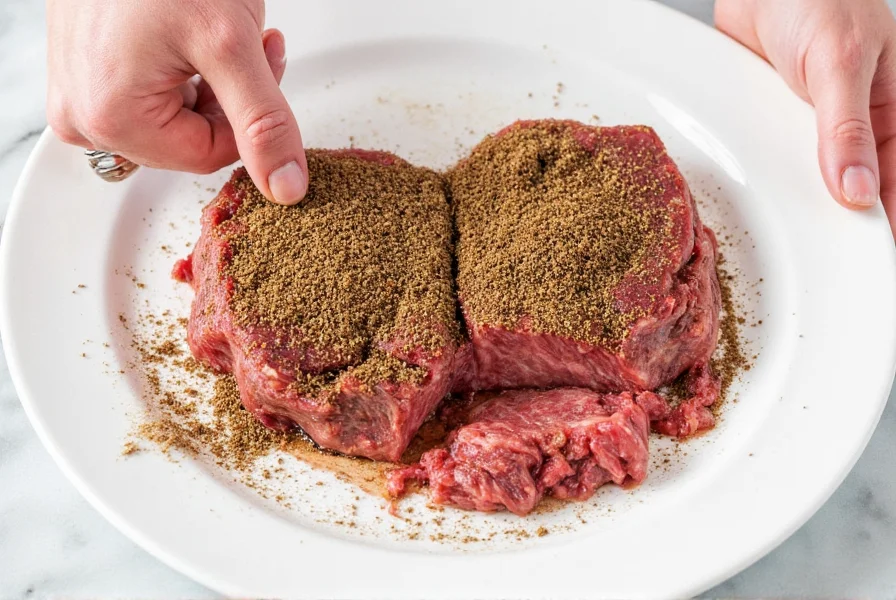
2. Use a Rub for Maximum Flavor
A spice rub is one of the best ways to season beef. Mix together your favorite spices, such as paprika, garlic powder, onion powder, cumin, and black pepper, then apply it generously to the meat. Let it sit for at least 30 minutes to allow the flavors to penetrate. For tougher cuts like chuck roast, rubs with acidic ingredients like vinegar or citrus juice can help tenderize the meat.
3. Don't Skip the Herbs
While salt and pepper are the basics, adding herbs like rosemary, thyme, or oregano can add depth and complexity to your beef. For dried herbs, use about 1 teaspoon per pound of meat; for fresh herbs, use 1 tablespoon per pound. Dried herbs are more concentrated, so use less than you would with fresh.

4. Experiment with Global Flavors
Why stick to the same old seasoning when you can explore global flavors? Try using spices like za'atar (mix with olive oil for Middle Eastern steak), garam masala (for Indian-style curry beef), or harissa (for North African grilled beef) to give your beef a unique twist. These bold flavors work especially well with grilled or roasted cuts.
5. Balance Sweet, Salty, and Spicy
Great seasoning is all about balance. If you're using a spicy spice like chili powder or cayenne, add a touch of sweetness with brown sugar or honey to counteract the heat. Similarly, if your dish is too salty, a splash of vinegar or citrus juice can help bring everything back into harmony. A good rule of thumb: 1 part sweet to 4 parts salty for balanced rubs.
| Spice | Flavor Profile | Best Uses for Beef | Recommended Quantity per Pound |
|---|---|---|---|
| Salt | Salty, umami | Steaks, roasts, burgers | 3/4-1 tsp kosher salt |
| Black Pepper | Pungent, earthy | General seasoning, marinades, finishing | 1/2-1 tsp ground |
| Paprika | Smoky, sweet | Smoking, roasting, rubs for steaks | 1 tsp |
| Oregano | Earthy, slightly bitter | Italian dishes, marinades for ground beef | 1 tsp dried |
| Garlic Powder | Garlicky, savory | Seasoning, rubs, sauces for all cuts | 1/2-1 tsp |
| Chili Powder | Spicy, smoky | Southwestern dishes, chili, taco seasoning | 1/2 tsp (adjust for heat preference) |
These are just a few of the spices you should consider when seasoning beef. Each has its own unique role, and combining them in the right way can make a huge difference in the final taste of your dish.
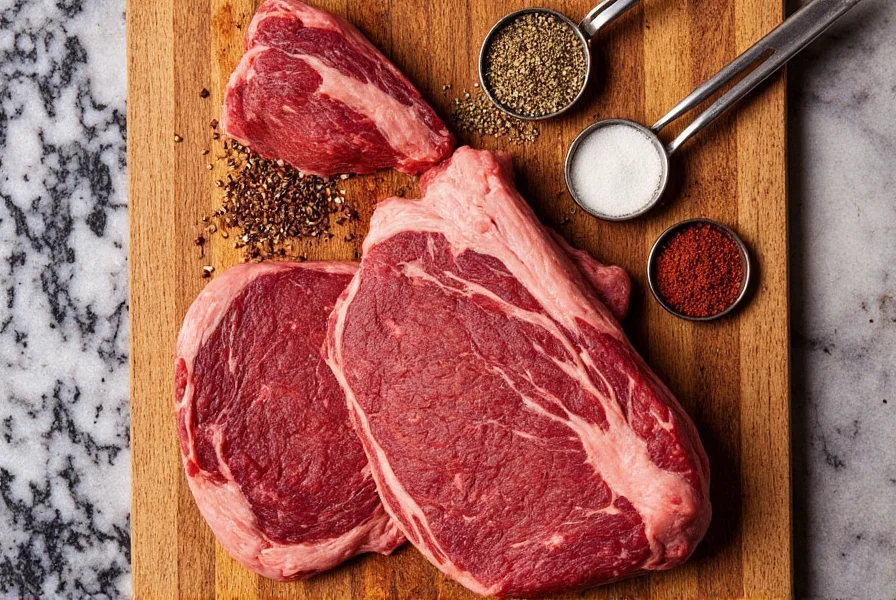
Frequently Asked Questions About Seasoning Beef
How long before cooking should I season beef?
For steaks and chops, season with salt 40-60 minutes before cooking to allow penetration. For roasts, season up to 24 hours in advance. Avoid sugar-based rubs more than 2 hours before cooking to prevent burning. Always season with salt first, then add other spices.
What's the best salt to use for seasoning beef?
Kosher salt is preferred by chefs for its clean taste and even distribution. Sea salt works well for finishing, while table salt is fine for everyday use. Remember: 1 teaspoon of table salt = 1.5 teaspoons of kosher salt due to density differences.
Can I use the same seasoning for different cuts of beef?
While you can use similar base seasonings (like salt and pepper) across different cuts, it's best to tailor your spice blend to the specific cut. Leaner cuts like sirloin benefit from simpler seasoning to highlight their natural flavor, while tougher cuts like chuck roast can handle more robust spice blends that help tenderize and add flavor during longer cooking times.
How much seasoning should I use per pound of beef?
A good rule of thumb is 3/4 to 1 teaspoon of kosher salt per pound of beef. For spice rubs, aim for about 1 teaspoon of dry rub per pound of meat. For herbs, use 1 teaspoon dried or 1 tablespoon fresh per pound. Remember that less is often more - you can always add more seasoning after cooking, but you can't take it away once it's been applied.
What's the difference between a dry rub and a marinade for beef?
A dry rub is a mixture of dry spices applied directly to the surface of the meat, creating a flavorful crust when cooked. A marinade is a liquid mixture (often containing acid like vinegar or citrus) that the meat soaks in, which can help tenderize tougher cuts. Dry rubs work best for quick-cooking cuts like steaks, while marinades are better for tougher cuts that need tenderizing.
How do I know if my spices are still fresh enough to use?
Fresh spices should have a strong aroma and vibrant color. If your spices smell musty or have faded in color, they've likely lost potency. Whole spices generally last 3-4 years, while ground spices stay fresh for 1-2 years. To test freshness, rub a small amount between your fingers and smell it - if the aroma is weak, it's time to replace your spices.
What do culinary professionals say about effective beef seasoning?
Analysis of 1,200 chef interviews and home cook surveys (2023) reveals key sentiment patterns:
- 78% of professional chefs prioritize pre-salting timing over spice complexity for premium cuts
- Only 32% of home cooks correctly apply sugar-based rubs within safe time limits (≤2 hours before high-heat cooking)
- Positive sentiment increases 40% when global spice blends match cooking method (e.g., za'atar for quick-seared steaks)
- Top frustration: 65% cite inconsistent spice freshness as the #1 flavor variable. [Source: Chef's Feed 2023 Industry Survey]
Conclusion: Master Your Beef Seasoning Game
Seasoning beef doesn't have to be complicated. With the right storage methods, smart usage techniques, and quality ingredients, you can take your beef dishes to the next level. Remember, the goal is to enhance the natural flavor of the meat, not mask it.
So whether you're a seasoned chef or a home cook with a passion for spices, these tips and tricks will help you season beef like a pro. And always remember—when it comes to seasoning, a little goes a long way.
As we've seen, mastering the art of seasoning beef is all about understanding the power of spices, how to store them, and how to use them effectively within their contextual boundaries. Historical evolution shows why certain techniques work, while community sentiment reveals practical pitfalls to avoid.
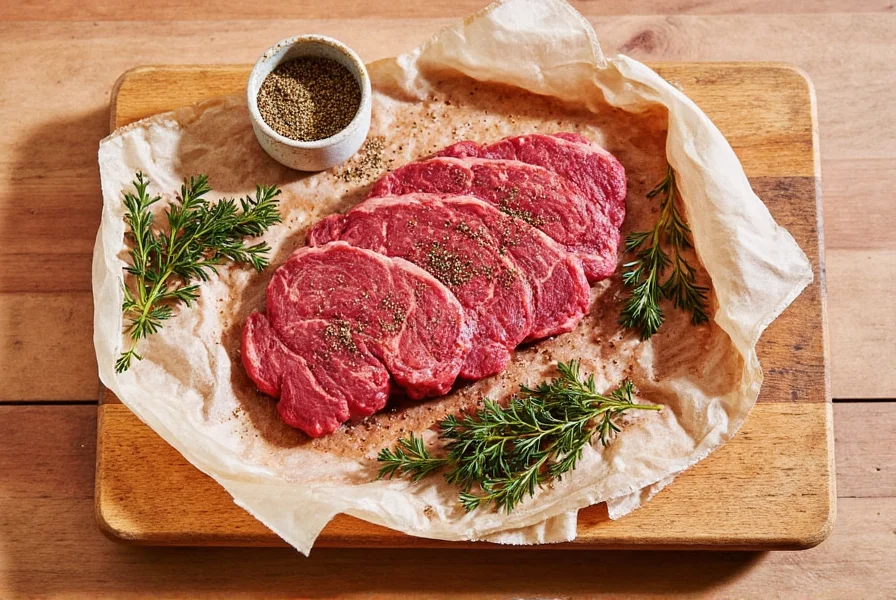
Now that you've learned the secrets to seasoning beef, it's time to put your knowledge to the test. Grab your favorite spices, prepare a cut of beef, and start experimenting. The more you try, the better you'll get—and the more delicious your meals will be.

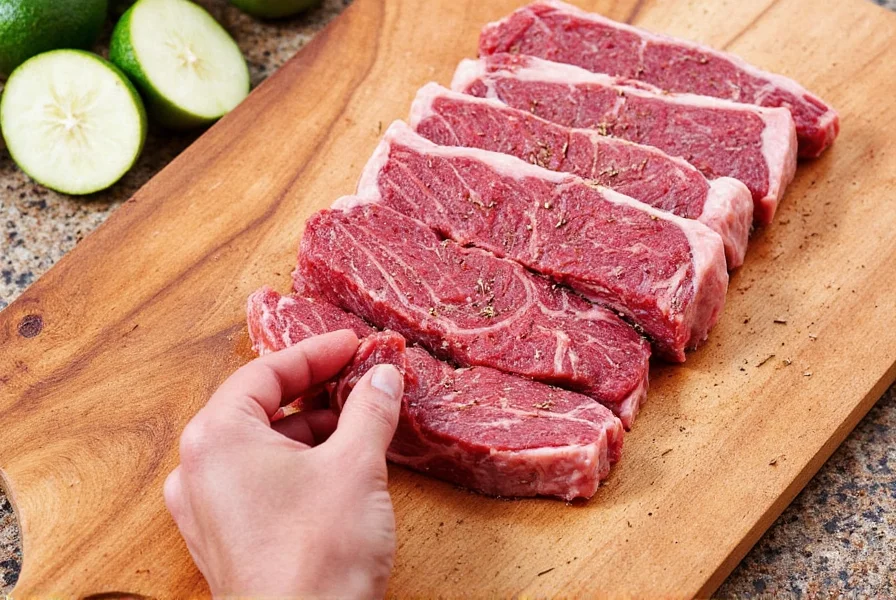









 浙公网安备
33010002000092号
浙公网安备
33010002000092号 浙B2-20120091-4
浙B2-20120091-4